Introduction to the Jinquan Ancient Coin Museum: The Jinquan Ancient Coin Museum is located on the east side of No. 210 Duolun Road. It was originally a garden residence with a brick-concrete structure. It was built in the 1920s by Tang Linsheng, a businessman in Zhongshan, Guangdong. After the victory of the Anti-Japanese War, it was occupied by the Commander-in-Chief of the Third Army of the Kuomintang. It was occupied by Chang Tang Enbo and was known as "Tang Mansion". The entire building is in the French neoclassical style. It was built by He Shouhua, a businessman from Nanhai, Guangdong, in the 1920s. After the Anti-Japanese War, it was taken over as enemy property. The exhibits in the museum are divided into ten parts, with more than 8,000 varieties and tens of thousands of coins. It can be said to be a collection of the essence of currencies from various historical periods from the pre-Qin Dynasty to the Republic of China, and is accompanied by the current currencies in circulation in 187 countries and regions in the world. The treasures in the collection include the "Baode Bronze Shell", the originator of bronze coinage, and the "Jin Dynasty Small Copper Banknote Edition", which are more than 400 years earlier than the use of banknotes in the West. During the Yonghe period of the Ming Dynasty, Zheng He went to the West and bought back five coins in foreign trade. Twelve gold ingots; and the "Xianfeng Tongbao·Qing Dynasty One Hundred", which set a sky-high price at auction for ancient Chinese coins and cost 275,000 yuan to buy back. It integrates the country name, era name, minting bureau, and commemorative value. It is highly praised by coin collectors. Known as the "King of Clearing Money".
